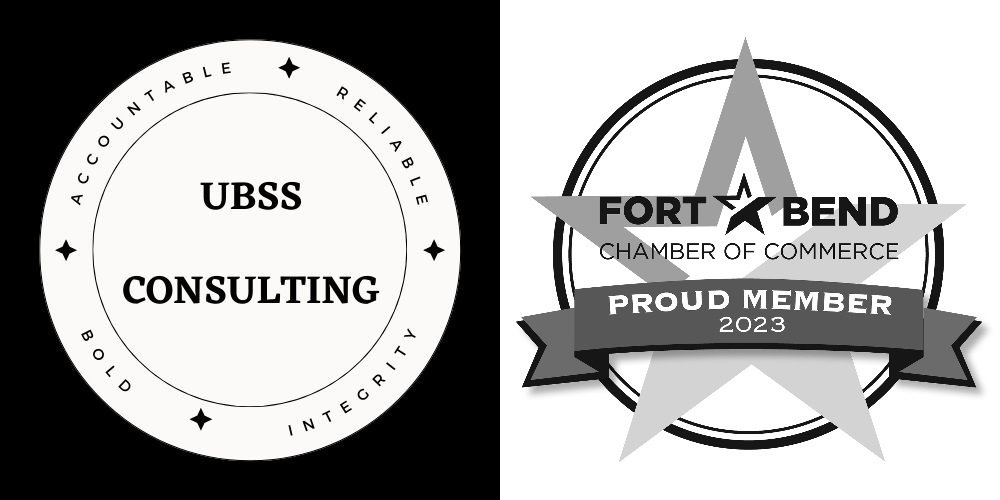TRANSFER WORK TO THOSE WHO ARE ACCOUNTABLE
One of the seminal works I read many years ago when I was in business school was the HBR article titled – “Who’s Got the Monkey?” published in November/December 1974 issue. This is definitely a must read for everyone in their professional and personal lives for it will leave a lasting impression on you. In this article, the authors Oncken and Wass discuss issues of time management and how by inadvertent comments that transfer ownership (Monkey) the lead time for accomplishing the work gets unduly prolonged.
I want to address something related in this blog and not rehash what was discussed in that article. If you have ever been involved with business operations you will probably relate to what I am about to discuss. One of the first things you do when you are tasked with process improvement is to try to understand the current process and the roles and responsibilities of the people that are involved in carrying out the tasks in the process. It is very common in a large business that work gets handed down to someone lower in the pecking order who has no ownership or accountability for the task. Why does that happen? Why are budget owners and accountable parties designating their tasks over to their sub-ordinates? What could happen if we are able to transfer the tasks back to those that are accountable? Let us explore this.
One of the primary causes for this is because the task owner finds it onerous to complete, i.e. it takes more time than it should and is way more complex than it should be. The task might be as simple as logging into a system and approving an invoice or a field ticket for work that was completed at their request. Due to inefficiencies in the system, the design of the process, the interaction between a supplier(s) and company’s systems, etc., complexities of the magical Middleware that ties systems together; this task that should have taken less than five minutes to do stretches out to days and weeks and sometimes months and often has to be done multiple times. During that period frustration builds and redirects valuable time away from the individual’s core responsibilities. The people who are accountable realize they have more valuable things to do and decide that they don’t want to waste any more time battling issues with the system and designate the task to their subordinates. Over time this becomes normal operation. As businesses expand and grow and more work is done and the number of people that get hired to complete menial tasks (back office operations) on behalf of accountable employees just expands many fold. Sometimes it appears that if we eliminated the systems and just completed the task on paper things would happen much faster. Finger pointing begins as function blames another and everyone blames the system or process. But clearly the systems or process aren’t at fault for they were designed by someone.
After several years of operating in this manner, the business starts to assume that this is how work needs to be done. New employees who are hired are taught to work this way and this becomes the norm on how work is done. Clearly this was never how work was imagined or how work was designed. There is no process owner in the business who can take on the task and focus on improving it. As businesses down size or optimize their resource base the first people to be let go often are these process owners. In order to have frictionless commerce it is critical to have these process owners and entrust them with improving business operations.
Businesses invest millions in system upgrades, hire consultants to help solve their problems but never consider having process owners who can redefine how work needs to be done and assign process responsibilities. Process owners don’t work in silos and will need to collaborate with all the different functions that complete the task and sketch out the swim lanes. Their key task is to understand and eliminate wasted steps in the process. Their primary goals should be identifying steps in the process being done by people who don’t have the information required to complete the task. Completing the task is easy for those that know about the particulars first hand. If not, there is a lot of back and forth often via email or messaging that is not traceable if there were to be an audit later on. Also, the task completion lead time explodes when the task is handed down to those without information, for often times they are waiting on responses from the accountable parties who don’t realize they have the Monkey(s).
Recently, I had the opportunity to be involved with one such exercise where by making changes to workflow and directing work back to the accountable and reporting on tasks pending with task owner on a weekly basis we were able to make the overall process more than 75% efficient. We were also able to reduce the back-office work force proportionately. Companies are focused on automating clicks by implementing Robotic Process Automation, but they could become more efficient if they can redesign their processes and deploy workflow tools that will ensure work is being done by those that are accountable.

